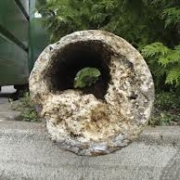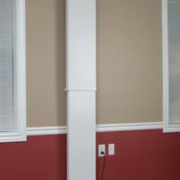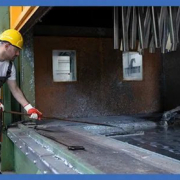How to Deal With Dry Rot in Your Basement
Dry Rot
Most homeowners confess struggling to maintain their basements. In most cases, these spaces are neglected and this causes even more problems. Dry rot has been cited by the Basement Health Association (BHA) as the most pervasive problem caused by neglect of basement spaces. If you are a homeowner, you might be sitting on a time bomb in case this kind of problem has attacked wood surfaces in your basement.
What is Dry Rot?
To appreciate the danger involved, it is imperative to understand what the dry rot is. Also known as brown rot, this is a type of dry, cracking and rotting wood caused by species known as Serpulalacrymans. Unlike other types of rot, this one needs less moisture and in fact it was previously thought that it needed no dampness to thrive. It requires at least 28-30% moisture in high humidity wood to grow.
The Contractor Foundation Association (CFA) says this rot accounts for 10% of all wood damage in the U.S alone. Unlike other types of rot, this one can quickly spread even through concrete to infect other wooden surfaces.
While it is not a threat to humans, the extent of structural damage it causes makes it crucial for homeowners to seek immediate treatment of affected areas. In case it attacks your foundation, the entire home is at risk and you might end up paying highly for extensive repairs.
Dealing with Dry Rot
It is important to appreciate that treating dry rot should only be done by a qualified contractor. These experts will deal with the root problem while your DIY treatment will only deal superficially with the infestation. The steps followed in treating the problem include:
- Detecting the source of dampness: A contractor will keenly inspect both the interior and exterior causes of water seepage into the basement.
- Waterproofing: Different strategies will be deployed depending on the source of dampness. They can include sump pump installation, epoxy injection, crawlspace encapsulation, carbon fiber treatment, and proper landscape grading, and external drainage repair among others.
- Rot removal: This is the most important part of the project. It involves removal of all affected timber, panels, ceilings, linings and other materials around the affected area. Thorough cleaning is then done and fungicide is applied on all affected parts. Replacement of affected wood is done using fungicide-treated wood to avoid further infestation.
Dry rot removal is a labor-intensive project, which requires expert skills. As such, contact your basement contractor if you suspect an infestation in your home.





